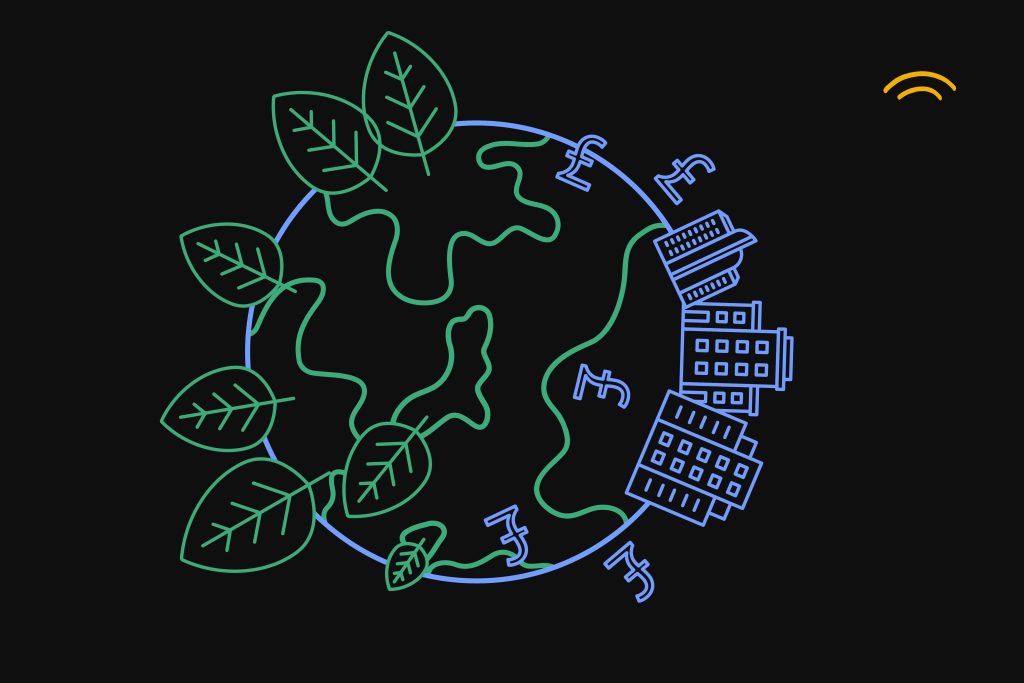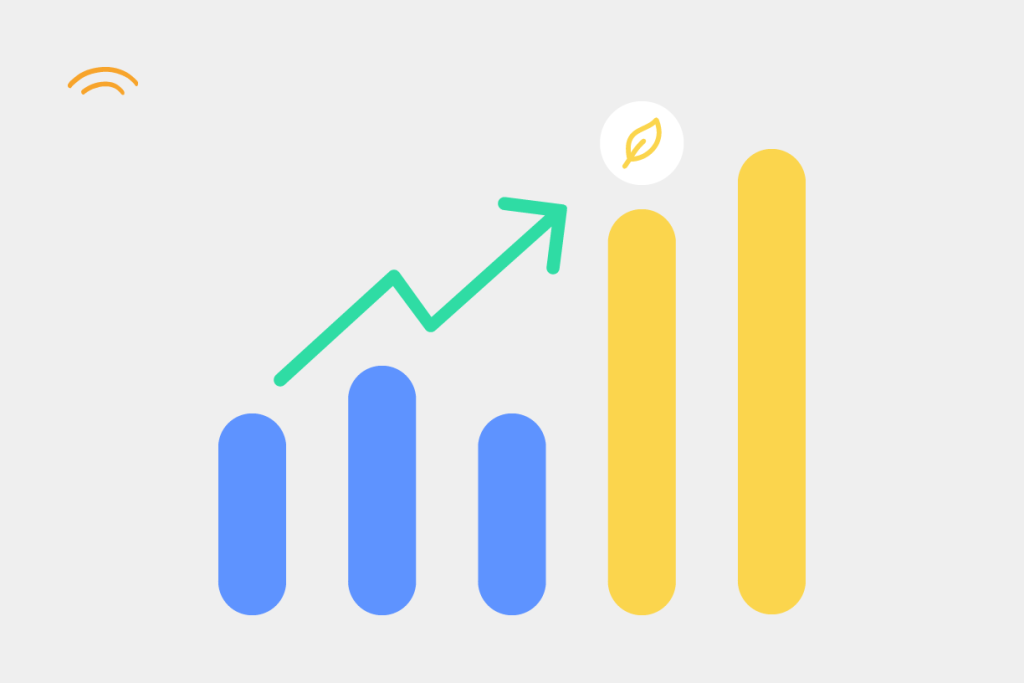
Innovation is a must if you want your business to stay relevant. Anticipating your customers’ needs by improving your products’ design, materials, and user experience can create new spaces in crowded markets and help your company grow.
As well as being good for the bottom line, product innovation can also help to lower your carbon footprint, as well as your water and land use. But how do you know which changes will be good for both business and your environmental impact?
We recommend baselining the impact of your entire product range to give you a starting point that will help you identify opportunities for improvement.
Read on to find out how to put clear, data-driven insights to work in your business, driving down impact and boosting growth.
What does impact baselining mean?
Measuring your baseline impact is critical for any business that’s committed to sustainability. It gives you a snapshot of your products’ environmental footprint across various sustainability metrics, like carbon emissions, land use, and water usage.
This essential first step helps you understand your impact at a specific point in time, and also acts as a benchmark that you can use to track your progress over time. Because when you know what this reference impact is, you can use the data to set sustainability goals, and then create strategies to reach them.
And by monitoring your progress along the way, you’ll be able to communicate transparently about your sustainability activities, gaining consumer trust and loyalty, and making regulatory reporting quicker and easier.
Pinpointing your supply chain’s impact hotspots
Your baseline impact gives you the fundamental data about the environmental and social impact of your products. This includes, for example, the energy used by the production facilities and various modes of transport in your supply chain.
This information helps you pinpoint hotspots in your supply chain that have the highest impact on carbon emissions. Other metrics around water depletion and land use by your suppliers will also reveal hotspots, allowing you to set meaningful targets, take action, and track your progress towards your sustainability goals over time.
We recommend targeting the areas where you can make the most significant changes first. Focusing your efforts on these hotspots will help you to quickly reduce your impact in ways that often also lead to cost savings.
Identifying opportunities and reducing your impact
Now you know where to focus your efforts. What exactly is the best way forward? This is where impact modelling comes in.
Taking your baseline impact analytics as a starting point, you can use impact modelling tools to predict what effect product changes will have on your carbon footprint, water use and land use.
You can experiment with different design choices, like material composition, and instantly see the corresponding changes in your product’s environmental impact.
For example, if a fashion company decides to switch to organic cotton, its production will use up to 91% less water, and emit 46% less carbon dioxide than conventional cotton. This switch could also potentially increase sales and reduce reputational risks.
Modelling product changes like this empowers you to make informed decisions about sustainability and understand the true implications of every product you make and sell.
You can use these insights into the environmental impact of design choices to inform your business’ design strategy and align with your overall corporate sustainability goals, helping you reach your sustainability targets faster.
Using range modelling to drive change
Going deeper than the product impact level, you can combine impact baselining with range modelling to analyse the cumulative environmental impact of your whole product range.
For example, you can input your product line for an upcoming production run, then adjust the quantities of each item to quickly see the cumulative impact reduction or increase.
Simulating the effects of changes to your range will help you evaluate different product ranges based on cumulative carbon emissions, land use, and water depletion.
This deeper understanding of how changes in selection and quantity can affect your overall environmental impact gives you the power to make informed decisions that drive the sustainable progress of your business.
The ability to instantly see and assess potential product and range changes supports impactful choices in product development and purchasing, while also encouraging innovation in creating more sustainable products.
How Dayrize uses AI to unlock sustainability intelligence
At Dayrize, we’ve always been committed to providing our customers with detailed insights into the environmental and social impact of their products. Our mission is to empower businesses to make informed decisions about sustainability and understand the true implications of every product they make and sell.
Tools like our Product Impact Simulator and Range Impact Simulator allow you to visualise the environmental footprint of your products and product ranges across three key sustainability metrics: carbon emissions, land use, and water usage. Then, with just a few clicks, you can experiment with different design choices to see how they would impact these crucial metrics in real-time.
“Understanding and measuring your baseline impact—such as carbon emissions, land use, and water depletion—is critical for any business committed to sustainability. Uploading your product onto our platform, you can see an immediate snapshot of your impact, as we help fill in data gaps and score your products within seconds. This baseline provides clarity, enabling businesses to see where they stand today.
“My advice is to focus on clarity: start by understanding your current impact, then target the areas where you can make the most significant changes. Taking one step at a time, with clear, data-driven insights, ensures progress that’s both impactful and scalable.”
Bart Nollen
Co-Founder
Dayrize
With a deeper understanding of the environmental impact of your product ranges, you can make informed decisions about product development and purchasing, and also identify opportunities for innovation that will help you create more sustainable products.
Whatever your goal, our platform will guide you to take the most effective actions to reduce your impact, and reach your sustainability targets faster.
Ready to start your sustainability journey? Sign up for a free demo today.

